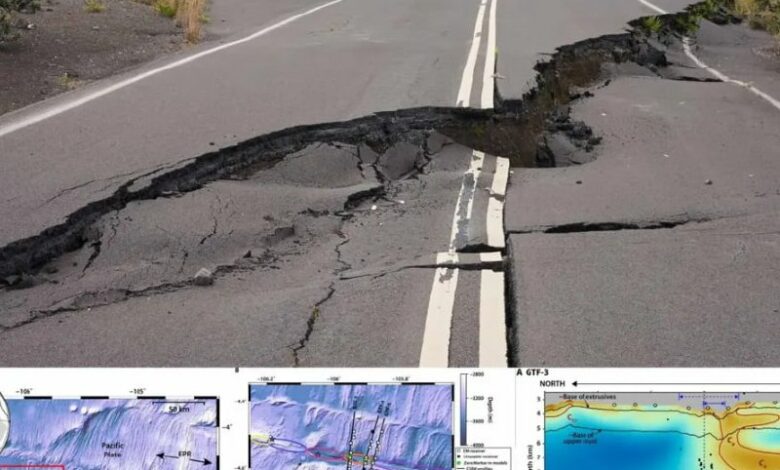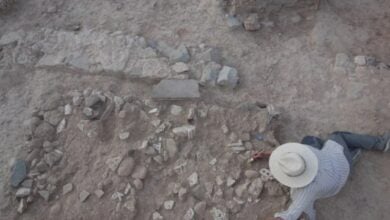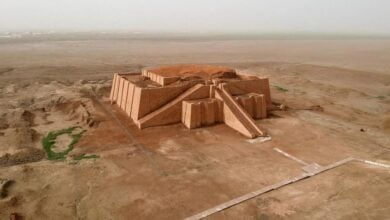Ocean Discovery Sheds Light on Earthquake Patterns

Ocean Discovery Sheds Light on Earthquake Patterns
——————————
Scientists have found unusual pockets of super-salty water deep beneath the eastern Pacific Ocean, a discovery that could explain why a major undersea fault experiences regular earthquakes, Earth.com reported.
Researchers using special tools to map the ocean floor along the Gofar transform fault, an active area where Earth’s plates meet, detected highly conductive zones about three miles down. These zones turned out to be trapped pockets of extremely salty and dense brine, much saltier than regular seawater.
It’s thought that this super-salty water forms when seawater seeps into cracks in the rock, gets heated by nearby magma, and then separates into these dense, salt-rich layers.
This discovery offers a new idea about why the Gofar fault consistently produces magnitude-6 earthquakes every three to five years. The salty fluid might act like a lubricant, weakening the fault and influencing when and how often earthquakes occur. The theory suggests that each earthquake might release some of this brine, easing pressure and allowing the fault to recover until more seawater seeps in to replenish it, leading to the fault’s predictable earthquake cycle.
These findings also have implications for understanding unique life forms in the deep sea, as these fluids carry important chemicals that support tiny microbes. Future studies will explore more of this area to create better 3D maps and learn more about how faults work and if they can help predict earthquakes. The research was published in the journal Science Advances.






